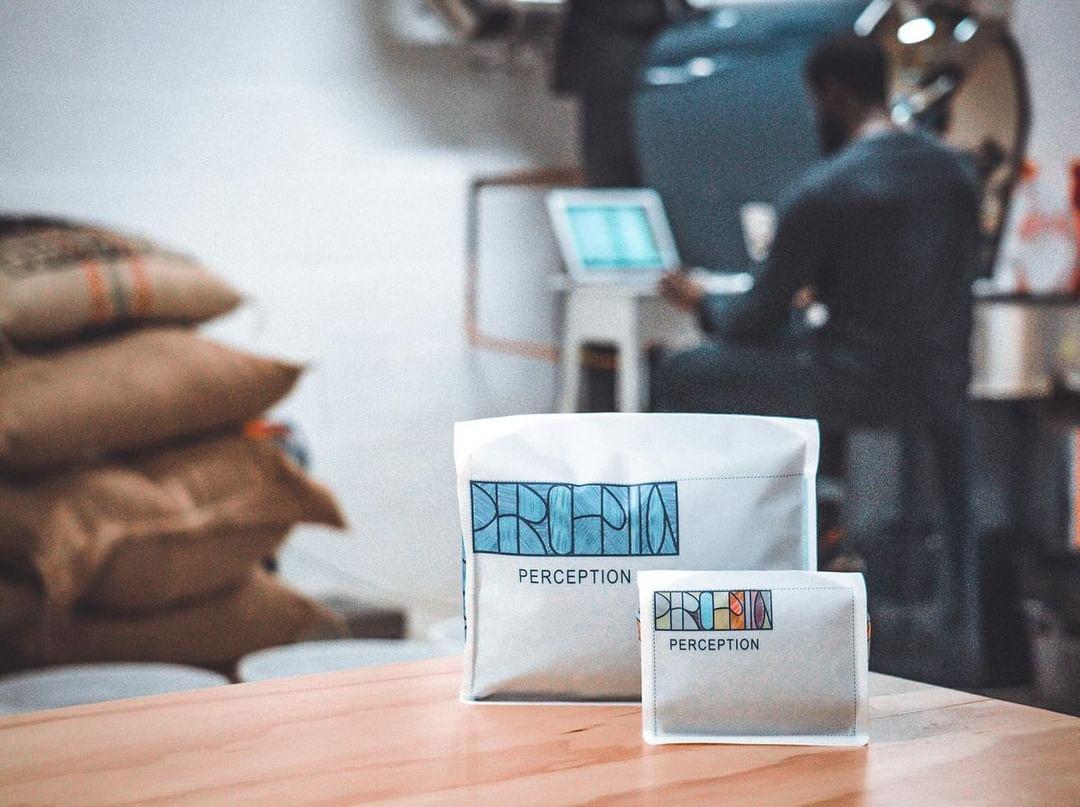
DIY Coffee Roasting at Home: Tips and Tricks for Beginners
---
1. Understanding the Basics of Coffee Roasting
Coffee roasting is the process of turning raw green coffee beans into the aromatic, flavorful beans you’re used to brewing. During roasting, the beans undergo chemical changes that unlock their flavors, ranging from fruity and bright to rich and chocolatey. Here’s a brief overview of the three main roast levels:
- Light Roast: Known for their bright acidity and fruity notes, light roasts retain more of the bean’s original flavor.
- Medium Roast: Balanced with a mix of acidity and body, medium roasts offer a more traditional coffee flavor.
- Dark Roast: Full-bodied and bold, dark roasts feature deeper, smokier flavors, often with notes of chocolate or nuts.
Before you start roasting, decide what flavor profile you enjoy most – this will help guide your roasting process.
---
2. Tools You’ll Need for Home Roasting
You don’t need expensive equipment to roast coffee at home. Here are some common tools you can use:
- Popcorn Popper:
Believe it or not, a basic air popcorn popper can double as a coffee roaster. It’s an affordable option for beginners.
- Stovetop Pan:
A heavy-duty skillet or pan works well for those who prefer a more hands-on approach. Just be prepared to stir continuously!
- Home Coffee Roaster:
If you’re serious about roasting, investing in a dedicated home coffee roaster will give you more control over the process.
No matter which method you choose, make sure you have a reliable source of green coffee beans, a colander for cooling the beans, and a ventilated space – roasting produces a lot of smoke!
---
3. The Step-by-Step Roasting Process
Here’s a simple guide to get you started:
1. Preheat Your Roasting Equipment:
Whether you’re using a popcorn popper or stovetop pan, preheat it to around 375°F to 450°F.
2. Add the Green Beans:
Pour in your green coffee beans. For an even roast, keep the beans moving by stirring or shaking the pan.
3. Listen for the Cracks:
Coffee beans go through two “cracks” during roasting. The first crack sounds like popcorn popping – this is when the beans reach a light roast. The second crack is softer, indicating a medium to dark roast.
4. Monitor the Roast Level:
Once you hear the first or second crack (depending on your desired roast), it’s time to stop roasting. The beans can go from perfect to burnt quickly, so stay alert!
5. Cool the Beans Quickly:
Pour the roasted beans into a colander and shake them to cool. This stops the roasting process and removes chaff (the papery outer skin).
---
4. Post-Roast Tips: Resting and Storing Your Beans
Freshly roasted beans need time to “rest” and release carbon dioxide. After roasting, let the beans rest for 12-24 hours before brewing to allow the flavors to develop fully. Store your beans in an airtight container away from light and moisture to maintain freshness.
---
5. Experimenting and Finding Your Perfect Roast
Roasting coffee is both a science and an art. The more you experiment with different roast levels, bean origins, and roasting methods, the better you’ll understand how to achieve your ideal flavor. Keep a roasting log to track what works best for you – noting times, temperatures, and results.
---
Conclusion: Enjoy the Journey of DIY Coffee Roasting
Home roasting allows you to take your coffee experience to the next level. It’s a journey filled with learning, experimentation, and the satisfaction of enjoying a cup brewed from beans you roasted yourself. With these tips and tricks, you’re ready to get started – happy roasting!
